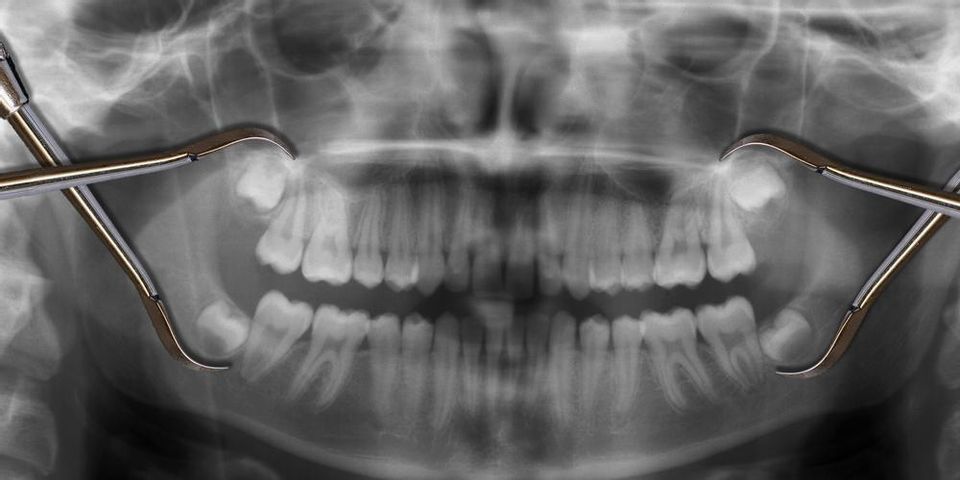Ask a Kalispell Dentist: Why Are Third Molars Called Wisdom Teeth?

Have you ever wondered how the term “wisdom teeth” came to be? At Leslie B. Anthony, D.M.D., they are happy to answer all of your questions regarding general dentistry, oral health, and even dental history. If you’re overdue for a cleaning, visit their dentist office in Kalispell, MT, and read on to learn more about the origins of the term “wisdom teeth.”
In the 17th century, people referred to third molars as “teeth of wisdom.” By the 19th century, the name was shortened to just “wisdom teeth.” This set of teeth was given a specific name because third molars look so much larger than other teeth. Additionally, they typically erupt between the ages of 18 and 25, which is much later than the rest of the teeth.
 Because people have usually entered adulthood by the time their third molars erupt, they are considered to be “wiser” than they were when their other adult teeth came in. In recent years, scientists have also found evidence that the brain continues to grow well after adolescence and does not stop until about the age of 25. Thus, wisdom teeth that erupt around that age are a sign that we have reached full maturity and are no longer the children that we once were.
Because people have usually entered adulthood by the time their third molars erupt, they are considered to be “wiser” than they were when their other adult teeth came in. In recent years, scientists have also found evidence that the brain continues to grow well after adolescence and does not stop until about the age of 25. Thus, wisdom teeth that erupt around that age are a sign that we have reached full maturity and are no longer the children that we once were.
Today, the removal of wisdom teeth is fairly standard. Even if your third molars have not yet erupted or are not bothering you, your dentist may recommend removing them anyway as a preventative dentistry measure. It is normal for third molars to become impacted or stuck, which can cause oral discomfort down the line. Wisdom teeth can also damage the surrounding teeth when they erupt, making removal the best option for your oral health.
If you think your wisdom teeth are coming in and you want to discuss your options, turn to Leslie B. Anthony, D.M.D. in Kalispell, MT. Visit their website to learn more about the dental work that they perform, and call (406) 752-8161 to make a dentist appointment today.
About the Business
Have a question? Ask the experts!
Send your question

